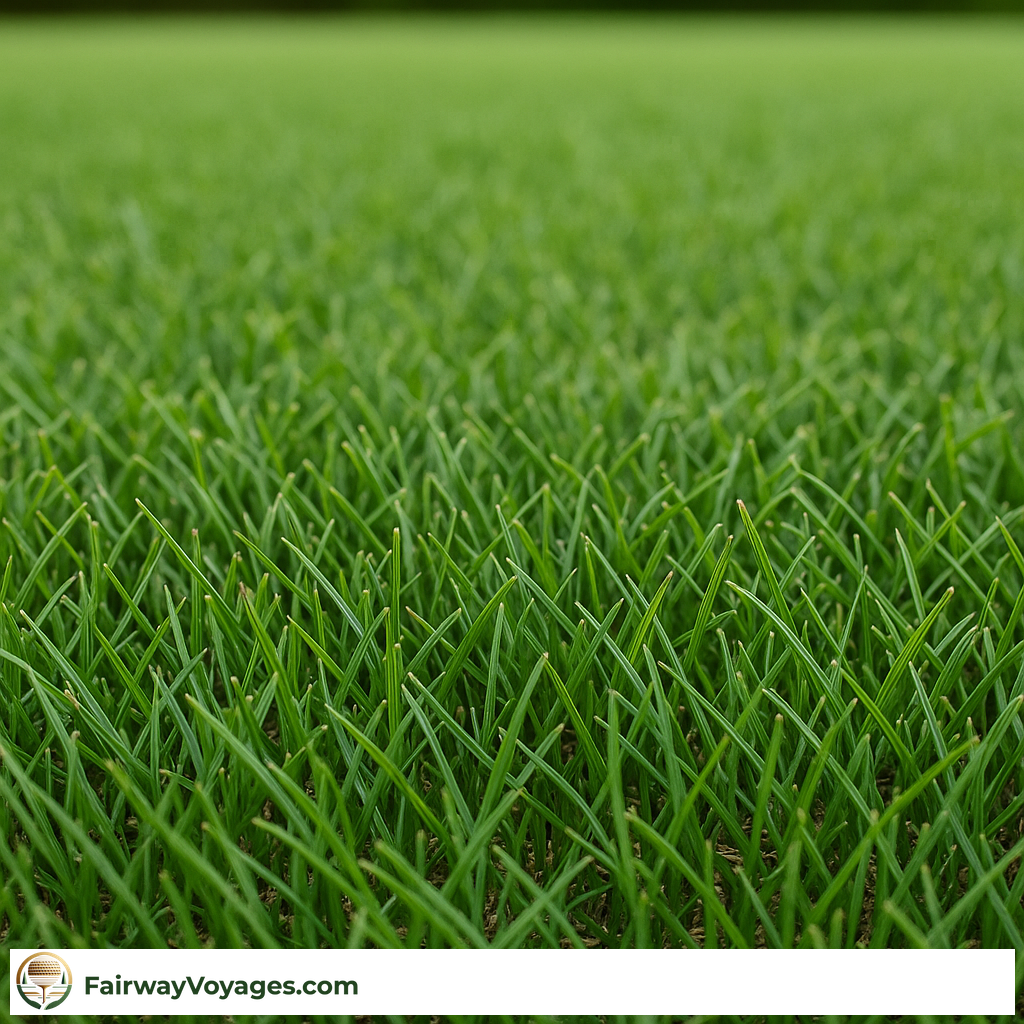Understanding Fescue Grass: Characteristics, Types, and Uses
Fescue grass is a cool-season grass belonging to the genus *Festuca* within the Poaceae family. It is widely recognized for its durability, adaptability, and year-round greenery in temperate climates. Fescue species are native to Europe, Asia, and North Africa but have been extensively naturalized across North America and other regions. These grasses are favored for both ornamental and practical purposes, including turf, pasture, and erosion control.
Fescue grasses vary in texture, growth habits, and environmental tolerance depending on the species and cultivar. Some, like tall fescue (*Festuca arundinacea*), are coarse-textured and used in lawns and sports fields, while others, such as fine fescue species, have a finer leaf blade suitable for golf courses and ornamental lawns. Their adaptability to diverse soil types and conditions makes them particularly useful in mixed-use landscapes. Fescue grasses can tolerate moderate drought, shade, and heavy foot traffic, making them a versatile option for different environments.
Tall Fescue and Its Characteristics
Tall fescue (*Festuca arundinacea*, now often reclassified as *Schedonorus arundinaceus*) is one of the most common species used in residential and commercial lawns in the United States. This grass type is known for its deep root system, which enhances its drought resistance and soil stabilization properties. It typically grows in bunches and does not spread via stolons or rhizomes, which helps it maintain defined boundaries. Tall fescue is also valued for its quick germination and rapid establishment in new lawns.
It thrives in full sun to partial shade and exhibits good disease resistance, although it can be susceptible to brown patch in humid conditions. Improved turf-type cultivars of tall fescue have been developed to offer a finer leaf texture and better color retention. These modern cultivars provide a lush appearance that rivals other turf grasses while maintaining tall fescue's inherent toughness. Fertilization and overseeding in fall are standard practices to ensure the grass maintains its density and vigor.
Fine Fescue Varieties and Their Applications
Fine fescue is not a single species but a group of related grasses including creeping red fescue (*Festuca rubra*), hard fescue (*Festuca trachyphylla*), chewings fescue (*Festuca rubra ssp. commutata*), and sheep fescue (*Festuca ovina*). These grasses are known for their needle-thin blades and soft texture, making them ideal for low-maintenance lawns, golf course roughs, and shady areas. Fine fescues generally have lower nutrient requirements and slower growth, reducing the need for mowing and fertilization.
Creeping red fescue spreads through rhizomes and is commonly used in mixtures to increase turf density. Hard fescue and chewings fescue form dense, tufted growths and are particularly tolerant of drought and poor soils. Sheep fescue, often used in naturalized areas, is appreciated for its clump-forming habit and blue-green hue. Fine fescues are typically included in shade-tolerant lawn seed blends and are preferred in regions where moisture conservation is a priority.
Environmental Adaptability and Growth Habits
Fescue grasses are cool-season growers, thriving in temperatures between 60°F and 75°F. Their active growth occurs during the spring and fall, with reduced growth during summer and winter extremes. They are well-suited for USDA hardiness zones ranging from 3 to 7, depending on the species. This adaptability allows them to be grown across much of the northern United States and higher elevation areas in the South.
While tall fescue performs well in sunny and partially shaded sites, fine fescues excel in shaded environments and poor soils. However, most fescue species are not tolerant of high heat and humidity, making them less suitable for southern climates unless managed carefully. Overseeding and proper irrigation can help mitigate summer stress and maintain lawn quality. Due to their extensive root systems, fescues are also excellent choices for erosion-prone areas and slope stabilization.
Endophyte Enhancement and Disease Resistance
Many modern cultivars of fescue grasses are endophyte-enhanced, meaning they contain beneficial fungal symbionts that live within the plant. These endophytes improve the plant's resistance to pests such as chinch bugs and billbugs and contribute to overall stress tolerance. In tall fescue, endophyte presence has been linked to better drought performance and reduced disease incidence.
However, endophytes can be toxic to grazing animals, particularly in tall fescue used as forage. The presence of alkaloids produced by the fungus can lead to fescue toxicosis in livestock. As a result, endophyte-free or novel endophyte-infected cultivars have been developed for agricultural use, balancing the benefits of endophyte association without the harmful alkaloids. Understanding this relationship is critical for selecting the right type of fescue for specific applications.
Uses in Turf, Pasture, and Conservation
Fescue grasses are widely used in various settings, including home lawns, public parks, sports fields, golf courses, pastures, and conservation areas. Their persistence under foot traffic and mowing makes them ideal for high-use turf areas. In pasture systems, tall fescue is often used due to its high yield potential and long growing season, particularly in the southeastern United States.
For conservation and land reclamation projects, fescues are chosen for their erosion control capabilities and ability to establish in challenging soils. Their tolerance for poor fertility and compaction allows them to thrive in urban settings, roadsides, and disturbed lands. Fescue seed is also a common component in wildflower meadow mixes, helping provide cover and prevent weed encroachment. The combination of aesthetic appeal and functional resilience has made fescue one of the most important and versatile grasses in modern landscaping and agriculture.

